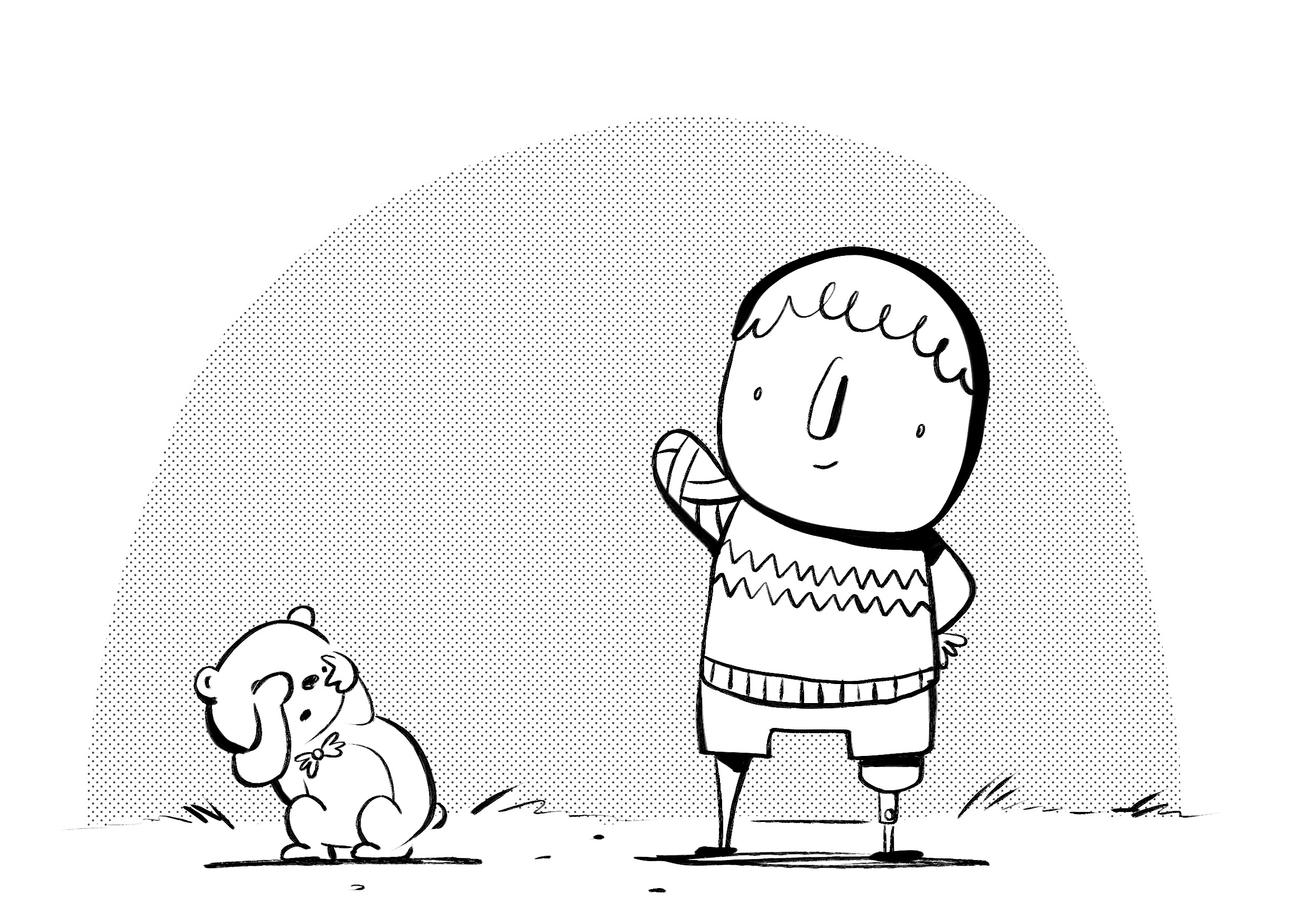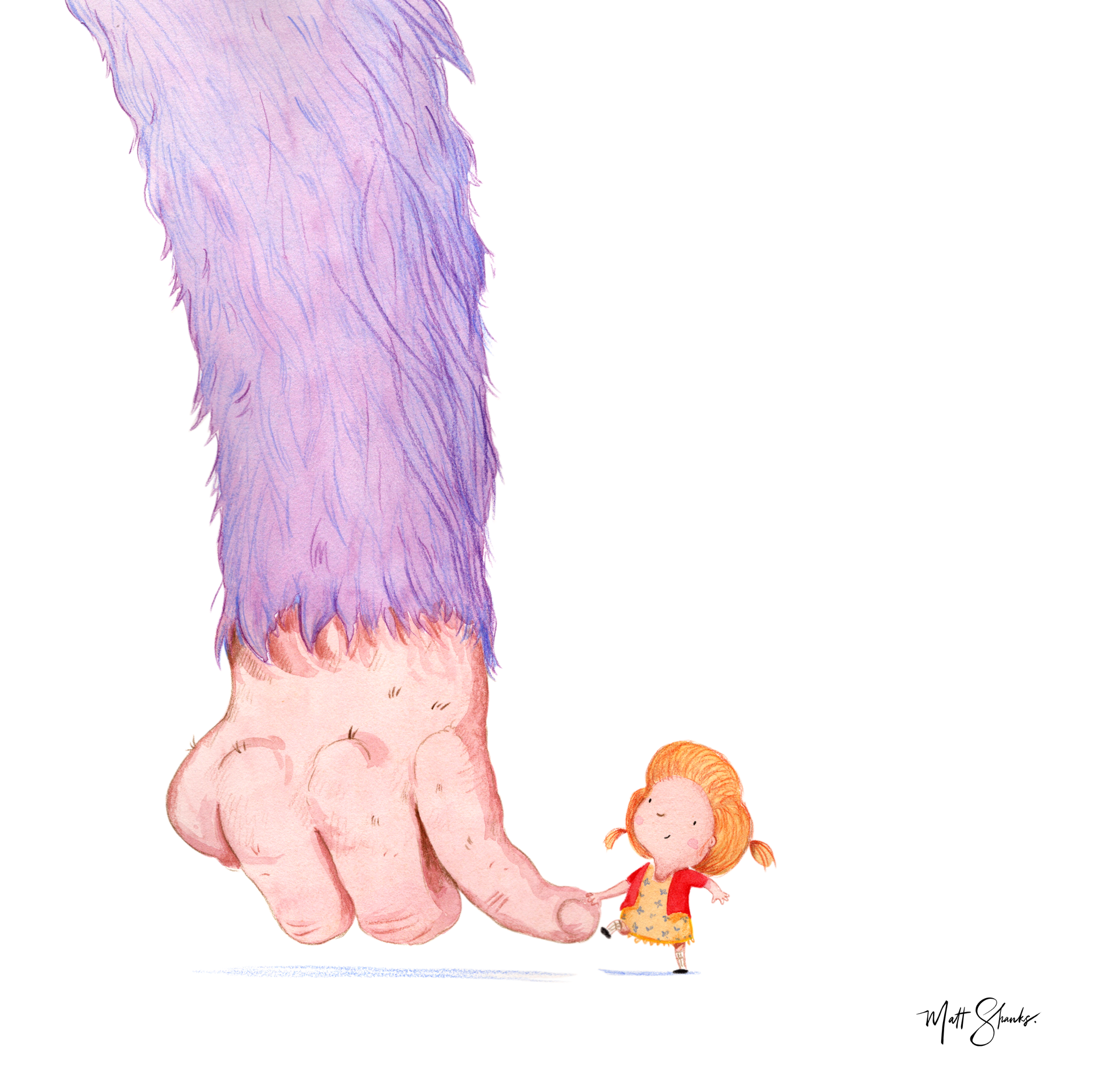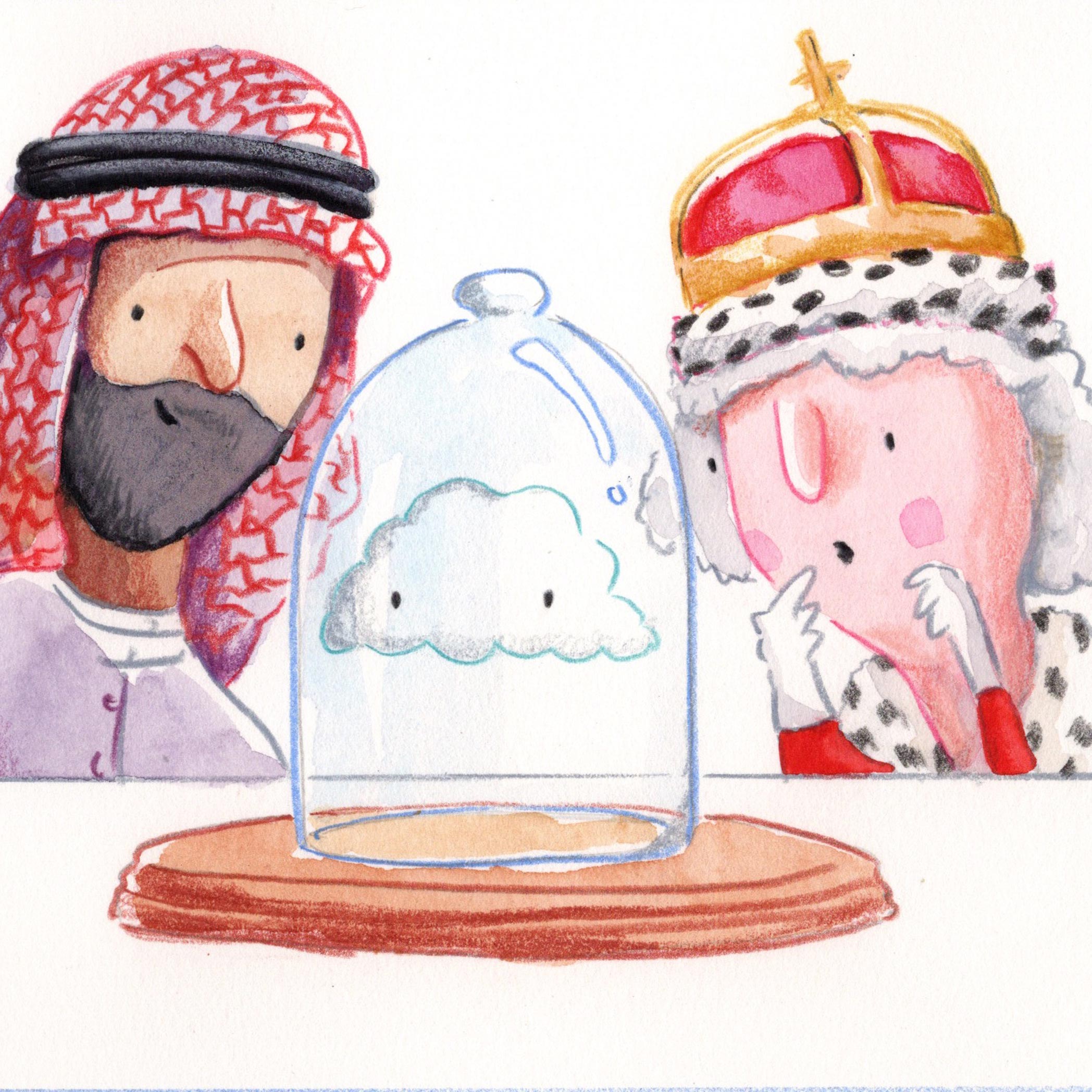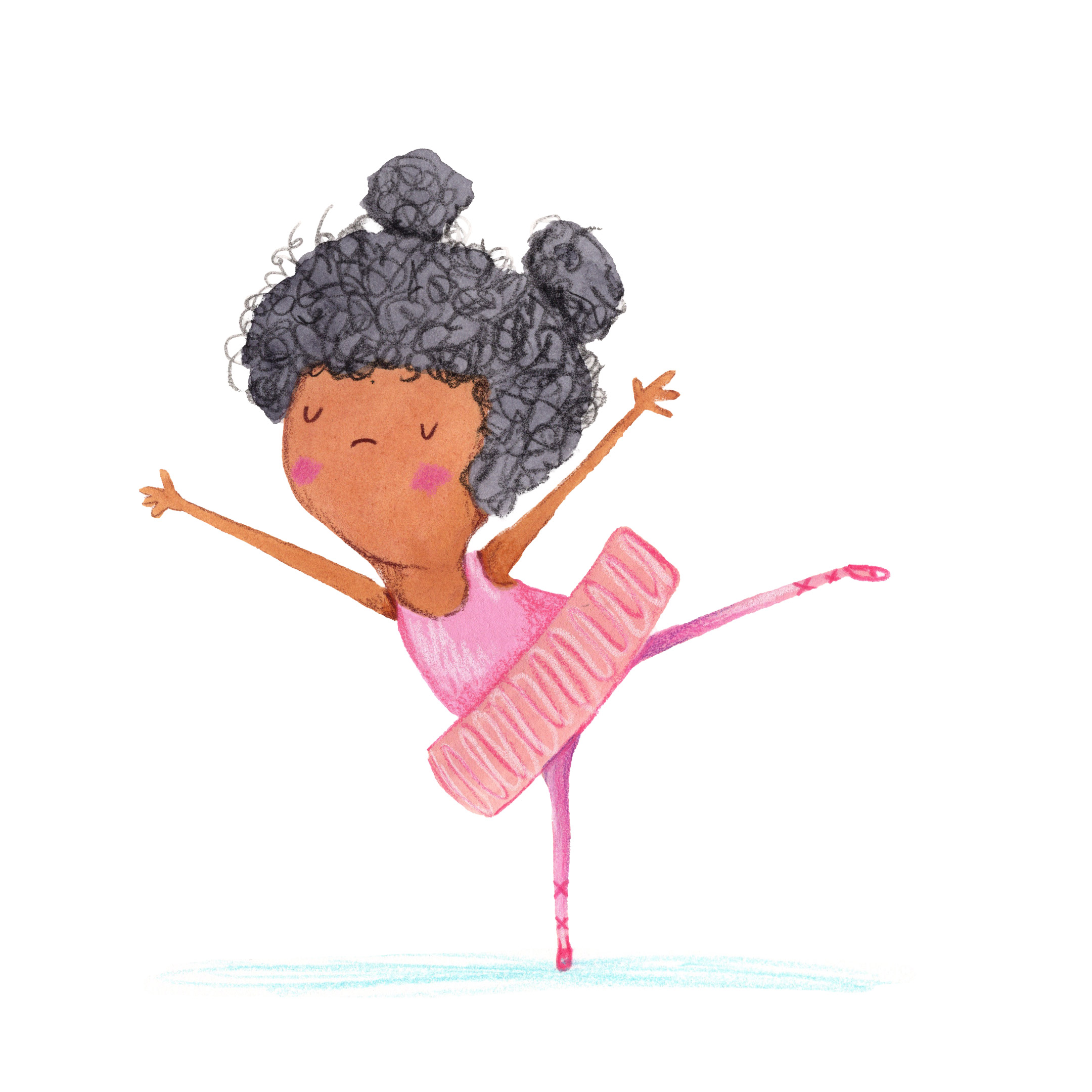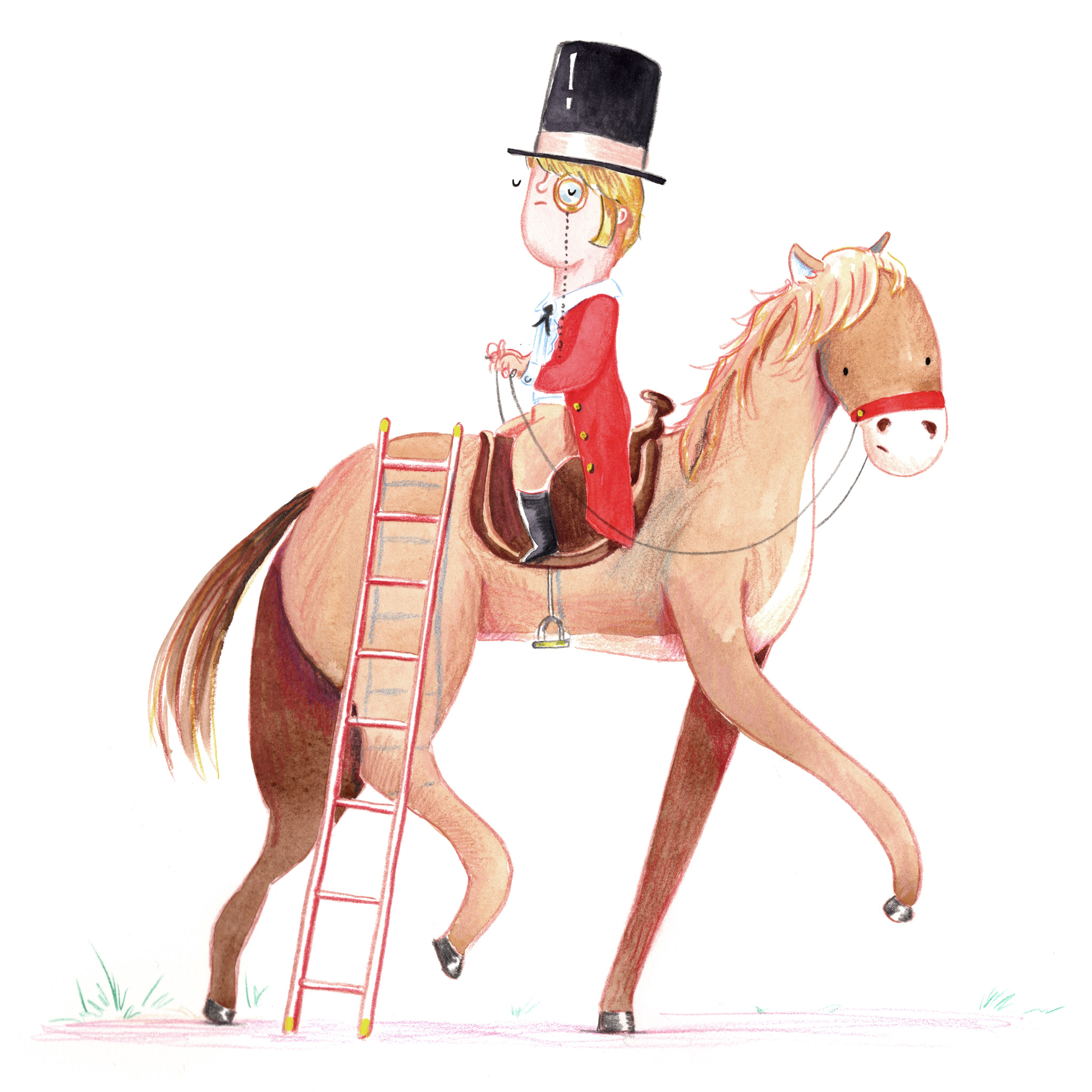I’ve never really identified with being a ‘literary’ person. And yes, I’m aware of the irony given I’m an author/illustrator. I’ve always identified with being a more visual person rather than a wordsmith. As a kid, I remember drawing a lot, but I don’t remember reading or writing very much.
To me, the term ‘literary’ feels stuffy and pompous. It evokes images of snifters of brandy, houndstooth jackets with elbow patches, and old men smoking pipes while saying things like, “Indeed. I do agree.” Things that are too literary are things like poetry (Oh god, poetry!) or ‘classic’ novels like War and Peace, or anything written by Charles Dickens; those books that people say, “You simply must read if you’re serious about English or language.”
It’s only in recent years that I’ve discovered the beauty and joy of language. Not just to describe, but it helps me remember. It helps me sort out my thoughts and it helps me escape. I love to read other people’s language for the latter, and I’ve begun a conscious effort to write my own words for the former.
Since I’ve begun to read (thanks to my wife), I’ve found this overwhelming urge to play with my own words. To see how words can complement pictures. Sometimes drawing and colouring fails to capture a time and place. When pictures fail, I turn to words, and it turns out that it’s incredibly fun. I call it word-sketching.
What is a word-sketch?
A word-sketch is a bit like a poem, but I don’t use the word ‘poem’ because I find that I put too much pressure on myself to produce ‘poetry.’ A poem evokes complete-ness. A work of art. It becomes ‘literary’. And works of art are scary because they mean that I’m supposed to have tried to do something, and I’m supposed to have done it well. In contrast, “word-sketching” is simply an attempt to capture the feeling of a time and place at that time and place. There’s no pressure. It’s not meant for publication or sharing. It’s merely a method of writing that makes me more aware of my surroundings. It helps me slow down.
When I travel, I always take a sketchbook. I love to capture the buildings and spaces I see. I prefer it to photography. It’s a way to add or remove bits from a picture of a place based on the way I feel. Sure, I walk away with fewer images, but the ones I create run deep – a memory burned in the brain. Photographic accuracy isn’t the goal of a visual sketch, and it’s important to me that I keep it that way.
Think of a word-sketch like a visual sketch. But instead of using drawing skills (colour, line, and shape), it uses words, grammar, and punctuation instead. While a visual sketch can help me describe the colour and shape of things, a word sketch helps me ‘feel’ a place. It’s full of references to things I did — things that happened that day and what’s happening at that moment. It works like a cryptic diary entry. An external reader should feel something, but they probably would not see or understand all the references I use. Some of it might sound like mumbo jumbo, and some of it might sound utterly beautiful. Everyone who reads it will probably take something different away. And that’s OK, because it’s not for anyone else, it’s for me.
There are no rules with word-sketching (because I made it up) but it typically doesn’t follow a well-known poetic structure, those confusing literary terms like, “Dactylic pentameter”. It’s a free form of writing where the idea is to capture the essence of a place. Just describe what you see/hear/feel. Literary types probably call it “En Plein Air Free Verse.” See how fancy words can ruin ideas?
There’s no defined length to a word-sketch but, you always seem to know when you’ve finished one. You just sort of, run out of things to say and feel happy having gone through the process.
An example
Here’s one from my recent trip to Greece:
Orange, aniseed, bergamot, cloves,
Whilst bougainvillaea climb, basil and jasmine twists and turns.
A sweet aroma, a fragrance fills the air…
and my mind.
Coffee at dusk, the smell of burnt sugar, and
is that jasmine again?
Oregano and the bittersweet spearmint mingle, fold and swirl.
It’s a heady mix, this Sifnos place.
One that’s hard not to fall for,
Into.
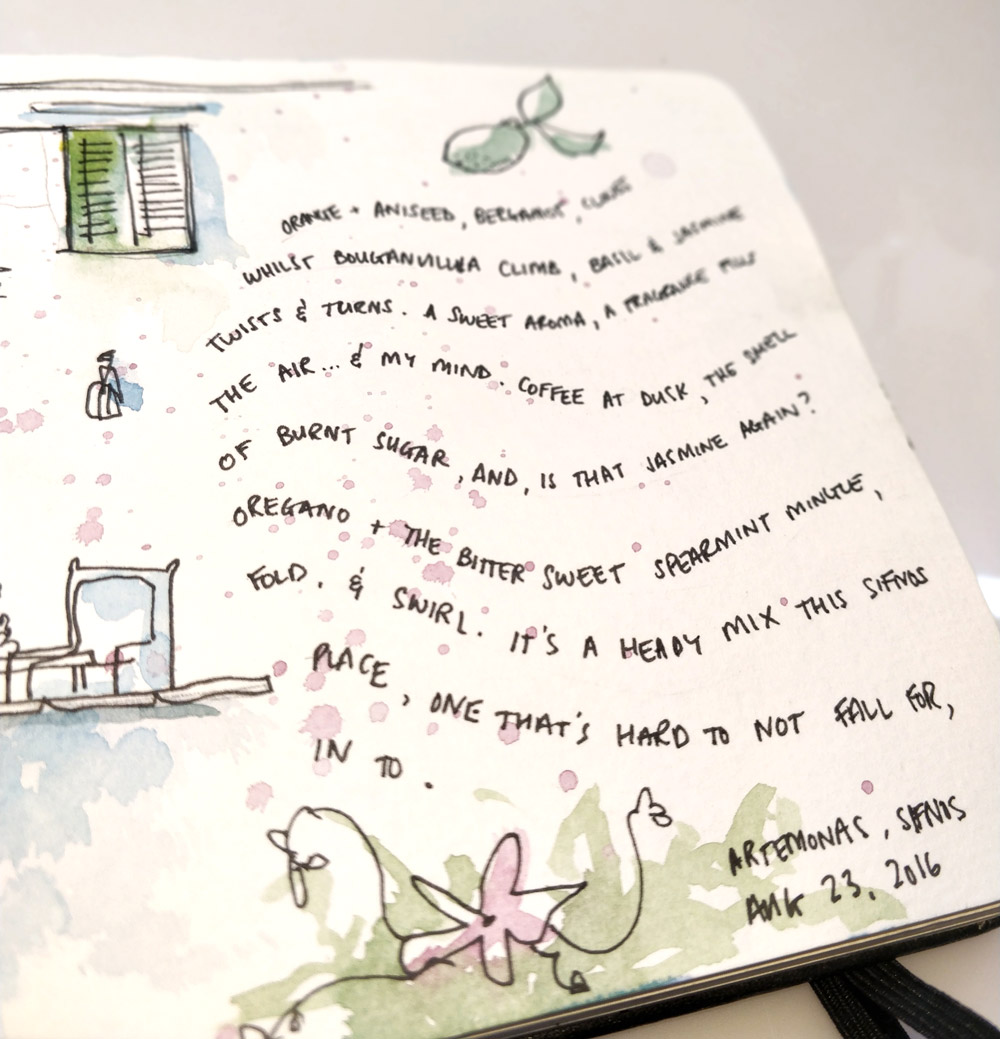
And just in case you think you need to be on holiday to do this sort of thing, here’s another from this morning. I wrote it when I was sitting on the train and this lady who looked as though she took Cruella De Ville for fashion inspiration sat across from me having just purchased a set of cheap ring jewellery:
The Lady of Lovisa
She untwisted twist ties
Awkwardly, with chopstick fingers.
Costume jewellery.
Bling.
Rings.
She arranged her accoutrements
Subtle
and Precise.
A ring or two for a finger,
a finger for every purpose.
With glamour came confidence
a bargain price, $4.99.
Why is word-sketching important?
- It expands vocabulary: Word-sketching stretches my vocabulary. It makes me think hard (and quick) about the specific words I want to use to capture a feeling or a moment. Quite often, I surprise myself. As I’m a visual person, I tend to find it easier to describe what I see in shape and colour. I know that I can ‘paint warm’ by using yellow, or paint ‘cool and calm’ by using blue. But there’s also a difference in using the words ‘cool’ or ‘calm’ to precisely construct a feeling using words.
- It opens me up to describing all senses: I’m suddenly opened up to a whole other realm of senses when I word-sketch. It’s quite difficult to capture how something smells or tastes if you’re visual-sketching a moment, but with words, those descriptions are at your fingertips.
- It helps me remember: I often find I use events that happened during the day to try to describe the things I might be feeling or noticing at the time I’m writing. One example of this: “Strawberry lemonade cast on cubist landscape.”
I had noticed that the sunset gave all the white buildings a very pink light. Earlier that day, we had a cocktail by the beach called a “Strawberry Lemonade” that was also a very translucent pink so I recorded that little moment, but in the context of the sunset I was trying to describe. No one else will understand the reference without the backstory, but I didn’t write it for anyone else.
Most importantly, I can feel that word-sketching is helping me become a more complete artist. I’m learning how the components of written language (words, punctuation, grammar) behave and feel like my more intuitive art of visual expression. In the end, I want to be the best picture book creator, story-teller and artist I can be, and word-sketching is a brilliant, low-pressure tool to use.
Brief instructions for how to word-sketch
If word-sketching sounds like fun to you and you’d like to give it a go, I’ve tried to document the process I go through. It’s still very new to me, so chances are this will change as I evolve myself and learn better ways to express my true process. But here’s where it stands right now.
- Grab a small book (or a piece of paper) and a pen
- Find a place to sit. This might be somewhere idyllic like a Greek Island beach, or it could be outside your corner store or even on a train on your daily commute.
- Take about one minute, and just watch. Really try to pay attention to what’s going on around you. Listen and smell. Don’t write anything yet. Just think. What can you hear? What can you see? Is there a breeze? Is it cold or hot? What are people wearing? What does the sky remind you of?
- After a minute or so, start jotting down the things that strike you. Try to be as efficient as you can with words. Instead of “I sit on the hot pavement, the sweat trickles down my leg,” try “Hot asphalt, sweat seeps from tingling skin.” By focusing on the essential elements and removing all the bits in between, it leaves a reader to fill in some gaps. For a reader (you), that’s fun.
- Do this for a few minutes and see what happens. Do you end up creating a narrative? Does it come to a logical end? Do you run out of ideas and get sick of it? All of these are OK endpoints. The idea is to make sure you don’t edit. Just let the pen roll. No crossing out. Whatever you end up with will tell a story of some sort. You’ll remember sitting there, writing it and it’ll help you remember.
In a world where there’s a service vying for every second of our attention, word-sketching is an intentionally analogue way to simply notice what’s going on around you; the richness of the world we live in and how even the most ordinary thing can be beautiful.
If you do a sketch in this way, I’d love to hear how you found the process. Also, if you have any tips to help refine my instructions, I’d love to hear it.

